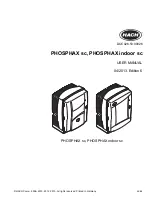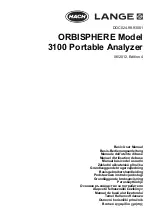
TECHNICAL DESCRIPTION
MULTICAL
®
61
5512-622 GB/01.2011/Rev. E1
34
In principle, flow is determined by measuring the flow velocity and multiplying it by the area of the measuring
pipe:
A
F
Q
×
=
where:
Q
is the flow
F
is the flow velocity
A
Is the area of the measuring pipe
The area and the length which the signal travels in the sensor are well-known factors. The length which the signal
travels can be expressed as
V
T
L
×
=
, which can also be written as:
V
L
T
=
where:
L
is the measuring distance
V
is the sound propagation velocity
T
is the time
The phase difference can be expressed as:
−
×
=
∆
2
1
1
1
V
V
L
T
In connection with ultrasonic flow sensors the velocities up- and downstream,
1
V
and
2
V
respectively, can be
stated as:
F
C
V
−
=
1
and
F
C
V
+
=
2
where:
C
is the velocity of sound in water
Using the above formula you get:
F
C
F
C
L
T
+
−
−
×
=
∆
1
1
which can also be written as:
2
2
2
)
(
)
(
)
(
)
(
F
C
F
L
T
F
C
F
C
F
C
F
C
L
T
−
×
=
∆
⇒
+
×
−
−
−
+
×
=
∆
As
2
2
F
C
〉〉
it is reasonable to omit
2
F
and the formula is reduced as follows:
2
2
×
×
∆
=
L
C
T
F
To minimize the influence from variations of the velocity of sound in water, the latter is measured via a number of
absolute time measurements between the two transducers. These measurements are subsequently converted in
the built-in ASIC into the current velocity of sound, which is used in connection with flow calculations.
















































